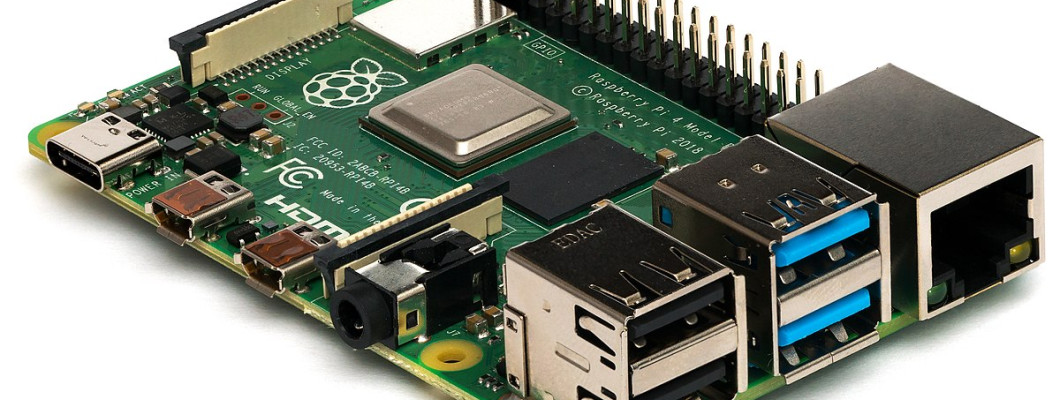5 Reasons Why Raspberry Pi is Perfect for Educators

Introduction
Technology has transformed the way we teach and learn, and Raspberry Pi has quickly become a popular tool for educators looking to enhance their students' digital skills. Raspberry Pi is a small, low-cost computer that can be used for a wide range of educational purposes, from coding and programming to robotics and electronics. In this article, we'll explore 5 reasons why Raspberry Pi is perfect for educators and how it can help you transform your classroom.
Reason 1: Cost-Effective and Portable
One of the most significant advantages of Raspberry Pi is its affordability. At a price point of around $35, it's significantly cheaper than traditional desktops or laptops, making it a cost-effective option for schools and educators with limited budgets. Moreover, its small size makes it highly portable, allowing educators to move it around the classroom or take it on field trips.
Additionally, Raspberry Pi offers the same functionality as a traditional computer, with the added benefit of being customizable. Educators can add or remove components as needed, tailoring the device to meet their specific requirements.
Reason 2: Versatile and Accessible
Raspberry Pi is a versatile tool that can be used to teach a wide range of subjects, including programming, robotics, and electronics. It offers access to a variety of programming languages, including Python, Scratch, and Java, making it an ideal option for teaching coding and programming.
Moreover, Raspberry Pi is accessible to students of all ages and skill levels. With its intuitive interface and user-friendly design, even young students can learn to use it effectively. And, as students develop their skills, they can use Raspberry Pi to create their own projects, from simple games to complex robotics systems.
Reason 3: Collaborative and Engaging
Raspberry Pi is a highly collaborative tool that encourages teamwork and problem-solving skills. Students can work in groups to design and build projects, from creating a weather station to developing a remote-controlled car. By working together, students can learn from each other, share ideas, and develop their critical thinking skills.
Moreover, Raspberry Pi is highly engaging and can help capture students' attention and spark their interest in technology. With its interactive features and endless possibilities, Raspberry Pi can help educators make learning fun and exciting.
Reason 4: Future-Proof and Relevant
In today's digital age, it's more important than ever to equip students with the skills they need to succeed in the workforce. Raspberry Pi offers a range of tools and resources that can help educators prepare students for the future.
For example, Raspberry Pi can be used to teach programming and coding, two highly sought-after skills in the job market. Additionally, Raspberry Pi can be used to teach robotics and electronics, providing students with hands-on experience in STEM fields. By incorporating Raspberry Pi into the classroom, educators can help prepare their students for the jobs of tomorrow.
Reason 5: Open-Source and Customizable
Raspberry Pi is an open-source platform, meaning that the source code is freely available to users. This allows educators to modify and customize the software to meet their specific needs. For example, educators can create custom software or add-ons to enhance the functionality of Raspberry Pi.
Moreover, Raspberry Pi offers a range of resources and support, including online forums and communities, that can help educators troubleshoot any issues they may encounter.
1 Comment(s)
1
Leave a Comment